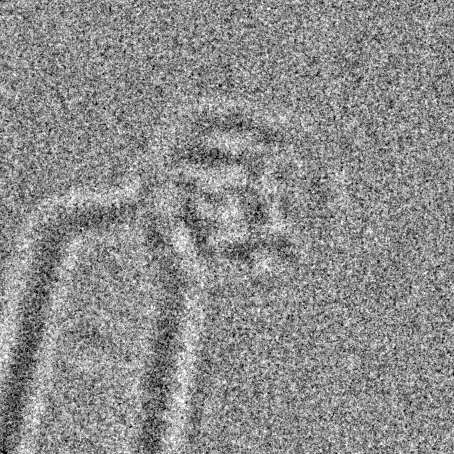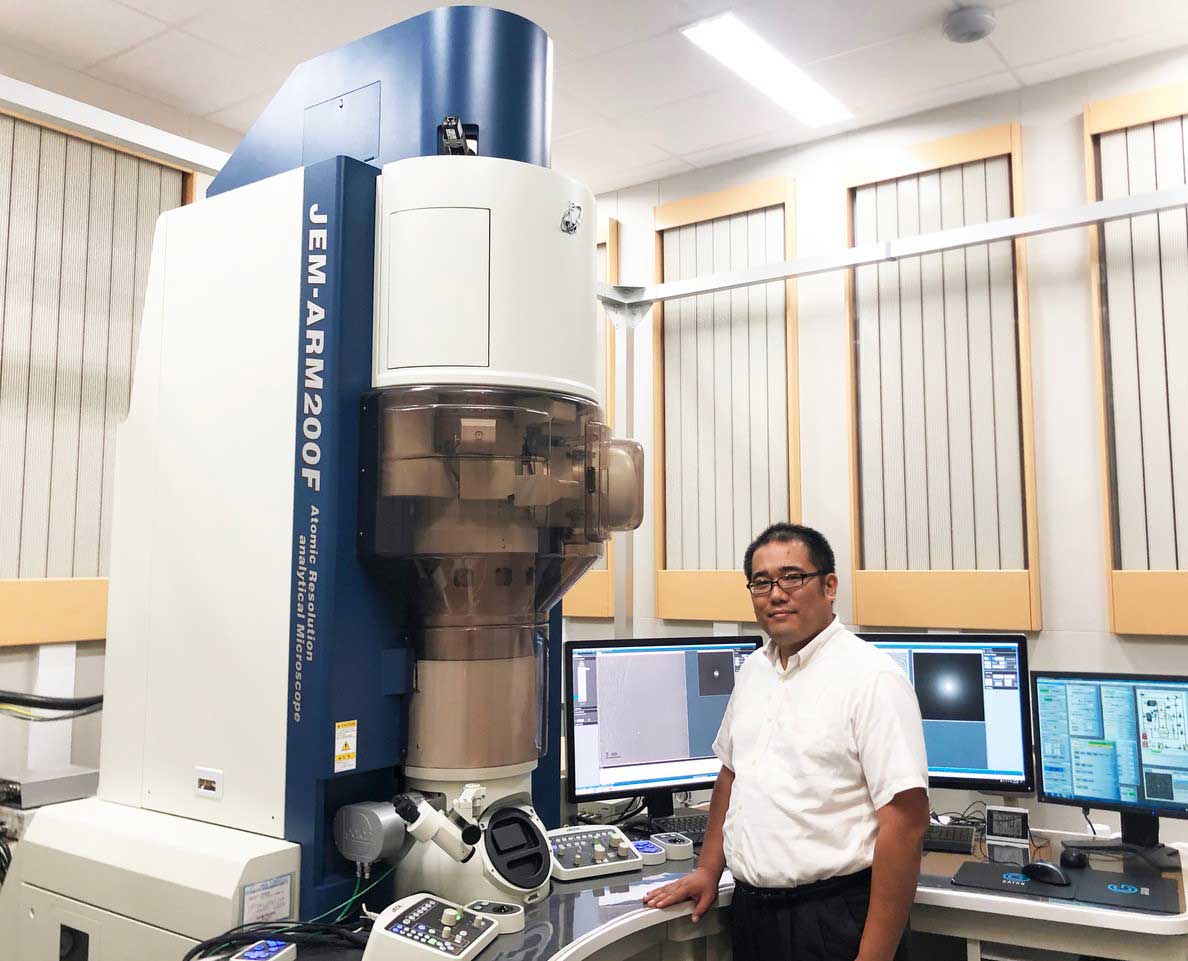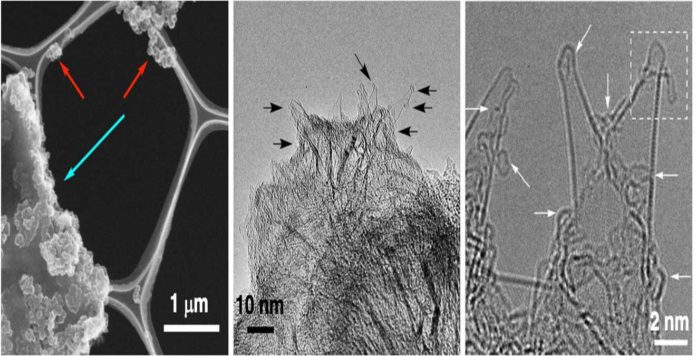Chemical Reactions in solution happen by means of a series of minute intermediates that are often in rapid equilibrium with each other. Hence such reactions are hardly characterizable at the atomistic molecular level.
Scientists at the for the first time, scientists at the University of Tokyo created previously inaccessible details of specific chemical processes. Using single-molecule atomic-resolution real-time electron microscopic (SMART-EM) video imaging, they captured significant discrete stages of these processes, which build on our knowledge of chemical synthesis.
According to scientists, such methods could aid in the development of methods to synthesize chemicals with greater control and precision than ever before.
Project Professor Eiichi Nakamura said, “Since 2007, physicists have been able to realize a dream over 200 years old — the ability to see an individual atom. But it didn’t end there. Our research group has reached beyond this dream to create videos of molecules to see chemical reactions in unprecedented detail.”

Koji Harano, project associate professor in the Nakamura group, said, “Conventional analytical methods such as spectroscopy and crystallography give us useful information about the outcomes of processes, but only hints about what takes place during them. For example, we are interested in metal-organic framework (MOF) crystals. Most studies look at the growth of these but miss the early stage of nucleation, as it is difficult to observe.”
Numerous processes take place in most of the reactions, thus quite difficult to study properly. Each stage can be sen, but it was impossible to isolate the products at each stage and to see how these changed with time.
Scientists spent almost ten years on this problem and finally have come up with a method called molecular electron microscopy.
Harano explained, “It was a problem of two parts. On the large scale, there was an engineering challenge to combine a uniquely high-resolution electron microscope with a fast and sensitive imaging sensor for continuous video imaging; while on a small scale, we had to devise a way to capture the molecules of interest and hold them in place so the camera could catch the action.”

Using a specially modified carbon nanotube, scientists were able to isolate and secure particular molecules. This would snag a passing molecule and hold it in place, but crucially, it would not interfere with the reactions of that molecule. This way, every stage of the response would take place at the tip of the nanotube, which in turn was held in place at the focal point of the electron microscope. The resulting data can be made into real-time videos of the reactions.
Harano said, “What surprised us much, in the beginning, was that our plan worked. It was a complex challenge, but we first visualized these molecular videos in 2013. Between then and now, we worked to turn the concept into a useful tool. Our first success has been to visualize and describe a cube-shaped molecule, which is a crucial intermediate form that occurs during MOF synthesis. It took a year to convince our reviewers what we found is real.”
Scientists noted, “This is just the first step towards the ability to gain control over chemical synthesis in a precise and controlled manner — a term called ‘rational synthesis.’ It’s essential to observe details of reactions as they progress so they can effectively be reverse-engineered.”
The study is published in the journal Nature Communications.
